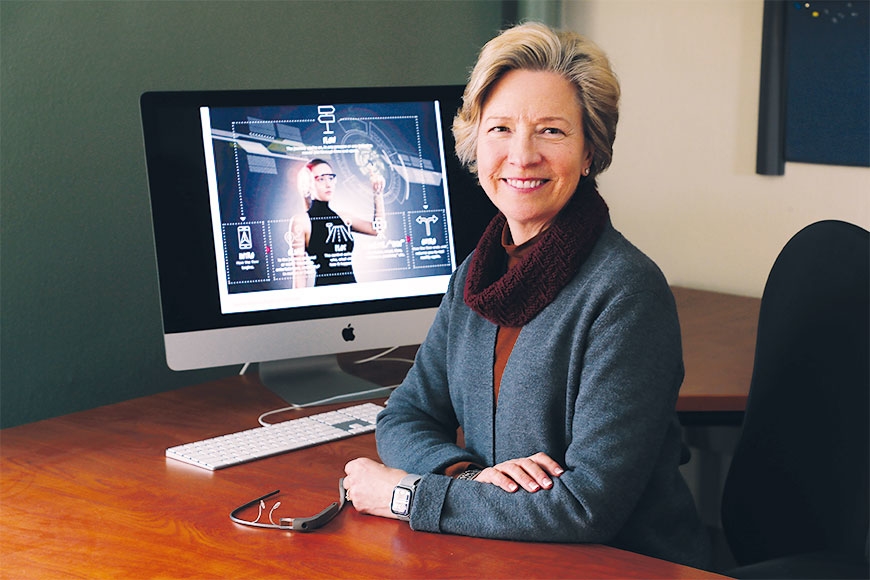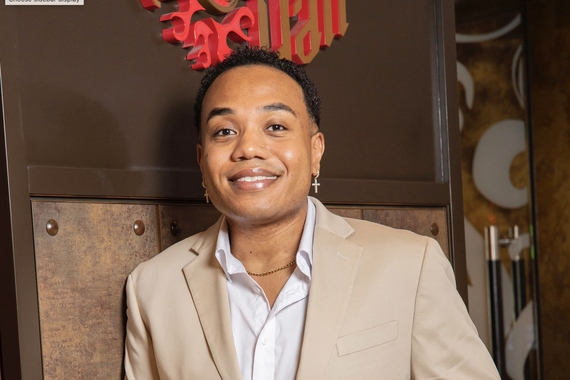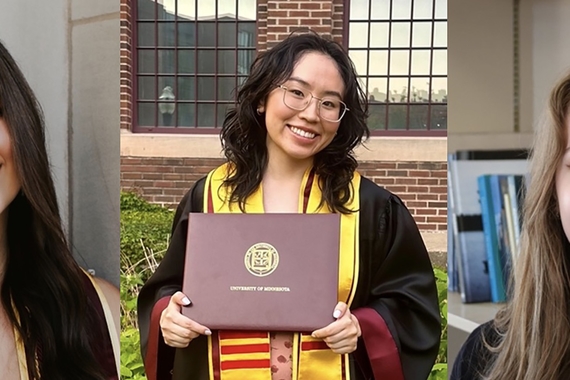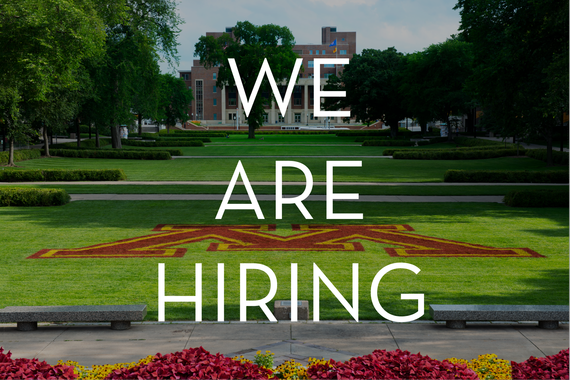Developing Digital Literacy: A New Kind of World Building
In an ever-increasing digital world, using communication and information technologies is a crucial skill to have because the importance of digital literacy has increased exponentially.
Professor Ann Hill Duin, along with Dr. Jason Tham (PhD ‘19, rhetoric and scientific & technical communication) of Texas Tech University and Dr. Isabel Pedersen of Ontario Tech University, noticed that “public [and student] understanding of immersive technologies has not kept pace with the full potential of their benefits and perils,” so they developed a project to address the issue: “Building Digital Literacy through Exploration and Curation.”
Users who are digitally literate are capable of interacting with various technologies to communicate, find, and evaluate information. This interaction can take on many forms: using web browsers, editing and creating on various softwares, or enhancing learning through different technologies. For example, immersive technologies, technologies that create or augment realities (e.g., virtual reality), are gaining popularity and allowing users to go beyond the third dimension.
Can you explain your main goals of the project?
We face a digital literary crisis: understanding of immersive technologies has not kept pace with the full potential of their benefits and perils. The primary objective of this exploratory study is increased understanding of student development of digital literacy as a result of exploring, contributing, and/or curating collections of objects (i.e., articles, videos, case studies, etc.) on emerging technologies.
How do you see this project benefitting both professors and students?
Students involved [will] expand their understanding of digital literacy through examination, contribution, and/or curation of digital artifacts as [they use] the Fabric of Digital Life digital repository.
During spring 2019, instructors used Fabric collections in their design of instruction for expanding student understanding of emerging technologies as related to technical and international communication. Instructional units had a wide range of uses; students used the Fabric collections as a springboard for dialogue of their digital literacy experiences.
More extensively, students collected artifacts (objects) and proposed metadata for the curation of new collections related to augmented reality, virtual reality, wearables, implantables, and embeddables. Students used Fabric’s interface to identify, collect, archive, catalog, revise, and analyze discourses (i.e., articles, images, audios, videos, etc.) surrounding emerging technologies.
We developed and pilot-tested instructional materials to guide students in learning a common language of classification to ground their understanding of technical emergence. One component is a keyword schema that helps students to standardize the constantly evolving language used to describe emerging technology.
Our use of the Fabric archive took place in both undergrad technical writing and advanced- and graduate-level courses as part of short (one week) to longer (four week) assignments. Students were thrilled to see their collections published on the Fabric site.
The current nine instructors from six institutions across the US are expanding their own and their students’ digital literacy through connecting and collaborating with others who are passionate about the need to increase understanding of the impact of immersive technologies.
Do you anticipate running into any challenges? Have you run into challenges already?
Challenges include the University of Minnesota Twin Cities College of Liberal Arts’ limited definition of digital literacy, which does not address the magnitude of an ever-growing range of emerging technologies amid a populace largely unaware of their lack of control over the impact such devices and processes have on their lives. Likewise, our department’s technical writing and communication major “digital literacy” competency area needs an expanded definition of digital literacy. Additionally, we have limited funding.
It is important to note, though, that the opportunities for expanding digital literacy far outweigh the challenges.
At the end of this project, Duin and her team of PhD students—Katlynne Davis, Danielle Stambler, and Chakrika Veeramoothoo—hope to have expanded the students’ definitions of digital literacy and increased both instructors’ and students’ understanding of these immersive technologies. For more information and further exploration, check out a completed collection.
This interview was conducted by an undergraduate student in Backpack. Meet the team.



